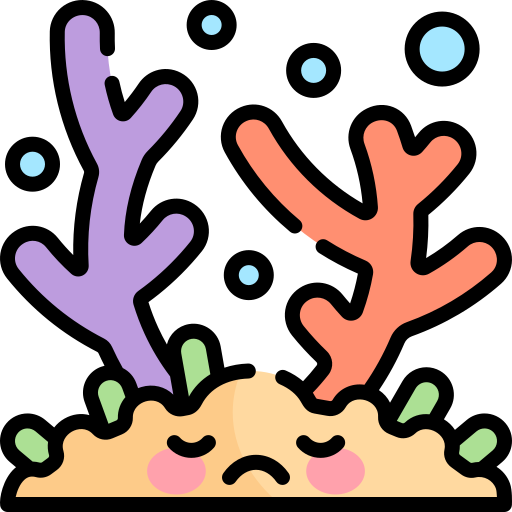The calcium that the coral can use can come from the dissolved calcium in the sea water surrounding them or it can come from their food. Calcium is a major component of both skeletal and muscular systems in all animals, and so animal plankton food is an excellent good source of this material. Small-polyped corals such as Acropora and Seriatopora probably can't get much of their calcium needs from this pathway, as they can't eat larger animals. However, some of the larger-polyped animals certainly can get the majority of their calcium from feeding. I once fed a small Fungia, which was about 3 cm in diameter, a number of small fish chunks daily. Over the course of two months, it more than doubled in diameter and thickness; during this period, I never once saw it defecate bones from the fishes it ate; they were turned into coral skeleton.
Feeding provides necessary protein and calcium to corals. Regardless of their ability to absorb these materials from the surrounding medium, feeding is probably the primary natural source of metabolic nitrogen and an important source of metabolic calcium.
Feeding provides necessary protein and calcium to corals. Regardless of their ability to absorb these materials from the surrounding medium, feeding is probably the primary natural source of metabolic nitrogen and an important source of metabolic calcium.





